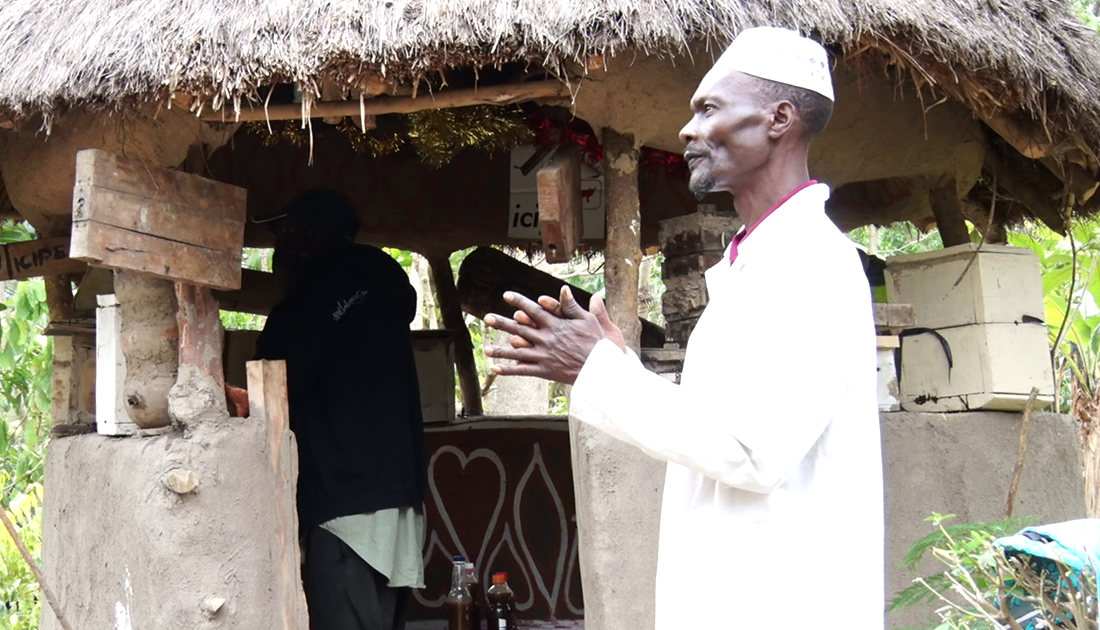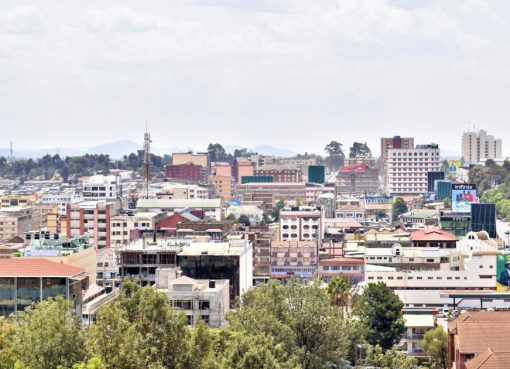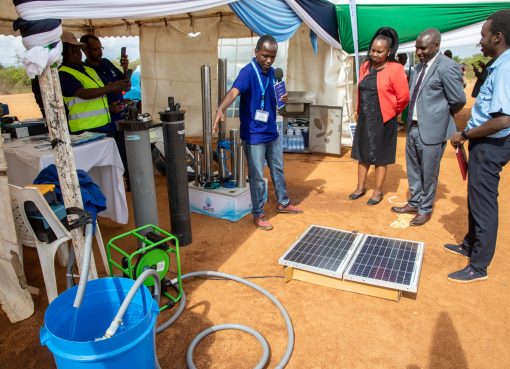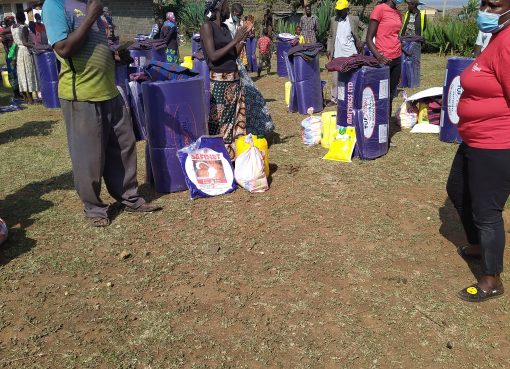While still a teenager, Mark Livaha was not aware that some of the wild honey they were licking and eating while hunting for game meat at Kakamega Forest could be produced at home just like the common practice of rearing honey bees.
Curiously, Livaha, a resident of Ivihiga village, decided to throw a bait in domesticating the stingless bees just for fun, little did he know that the idea would turn out to be a lucrative venture.

“I made beehives from local materials and introduced the bees which multiplied and produced honey,” he says.
Livaha became more confident in rearing the bees when he met three researchers at the Forest led by International Centre of Insect Physiology and Ecology (ICIPE)’s Nelly Ndung’u, one from Congo and another from Germany.
The scientists were on a study tour of stingless bees at the Kakamega Forest. They then trained Livaha and other locals from the area on keeping the bees.
Ndung’u is a scientist who has specialized in stingless bee rearing and taxonomy. She has a passion in taxonomy, identification, ecology and rearing the stingless bees in farms for pollination and honey production.
With the knowledge impacted by ICIPE, they formed a self-help group in order to pull resources together and expand their farming enterprise.
The self-help group registered by the name Kakamega Stingless Bees Farmers Association has 35 members, 20 of whom are women.
In the group, there is a colony harvesting section tasked with trapping the social insects from the forest, homes and in other places where they habituate.
Stingless bees, according to Livaha, are found in dead wood, in the ground while others live on walls of houses.
“We have also trained hunters and community members around Kakamega forest to understand the stingless bees to help us in collecting them for domestication purposes,” he added.
“Since we were born along the Kakamega Forest, we acquired the knowledge of locating bees from our grandfathers and we have transferred the same knowledge to our children,” he added.
He says locating the bees is easier after ICIPE trained them that the longest distance from the colony where bees forage from is 5kilometers from the nucleus.
“After locating and domesticating the bees, we give them three months to produce honey depending on the availability of flowers in the surrounding area,” he pointed out.
He says stingless bees are tiny and look like house flies hence they could easily be overlooked or bypassed by collectors.
The feeding team in the self-help group assists in feeding the bees especially during the dry seasons and immediately they are introduced in the bee hives. The insect’s food solutions include sugar solutions, honey solution, and icing sugar.
“The maintenance team fixes any challenges that the bees encounter. For instance, there are destructive birds that scavenge and feed on the stingless bees like the Blue Flycatcher which invades the Meliponary, feeding on the bees,” he explained.
Livaha advised farmers who intend to start keeping stingless bees to be keen on predators such as monitor lizards, chicken and the Phorid fly which invades the colony when it is still new, lays eggs inside destroying the brood altogether.
“That is why we have placed masking tape on most of the hives to seal them off in order to control entry of the phorid flies through the small openings and cavities,” he disclosed.
The group sells part of the honey they produce to Masinde Muliro University of Science and Technology (MMUST) and to local communities.
Currently the group has around 70 colonies of stingless bees but hopes to increase them once they get enough funding to construct more bee hives.
He says they harvest honey after every three months of March, June or early July and September and that their honey production keeps fluctuating depending on the changing weather conditions.
They started rearing the bees as a group in 2011 with only 20 colonies producing 80 litres of honey. The group recorded the highest honey production of 100 litres of honey in 2021.
Livaha says domesticating the stingless bees helps them to conserve the Kakamega Forest apart from earning a living.
Different types of stingless bees exist such as the Meliponula Bocandei which are brownish in color, others are Meliponula Ferruginea which are black with a yellow abdomen and the Meliponula Ferruginea black, which is totally black. He says honey from each stingless bee tastes different.
Meliponula Lendiliana which are totally black with a white spot on the neck are found in the ground.
One of the workers at the site, Maxwell Ikomero Ikutwa says he performs his duty as a maintenance manager after the bees are domesticated from the wild.
One of the women who does harvesting of honey is Joyce Saina. “I like this work so much and most of the time we harvest the honey, sieve properly, pack in bottles and label them before we take them to the market,” she noted.
She says they package their harvested honey in 500ml and one litre bottles and sell the honey at Sh500 and Sh1000 respectively.
The County Apiculture Development officer Frindina Khavere encouraged more farmers to start rearing stingless bees to increase production as they have a ready market both in Kenya and abroad.
She says only four farmers in Kakamega keep stingless bees as compared to more than 2300 farmers who rear honey bees.
Khavere noted that currently, farmers in Kakamega produce 300 metric tons of honey per year which is too low compared to the National 25000 metric tons.
She encouraged farmers to join hands through cooperative societies to boost marketing of honey.
By Moses Wekesa





